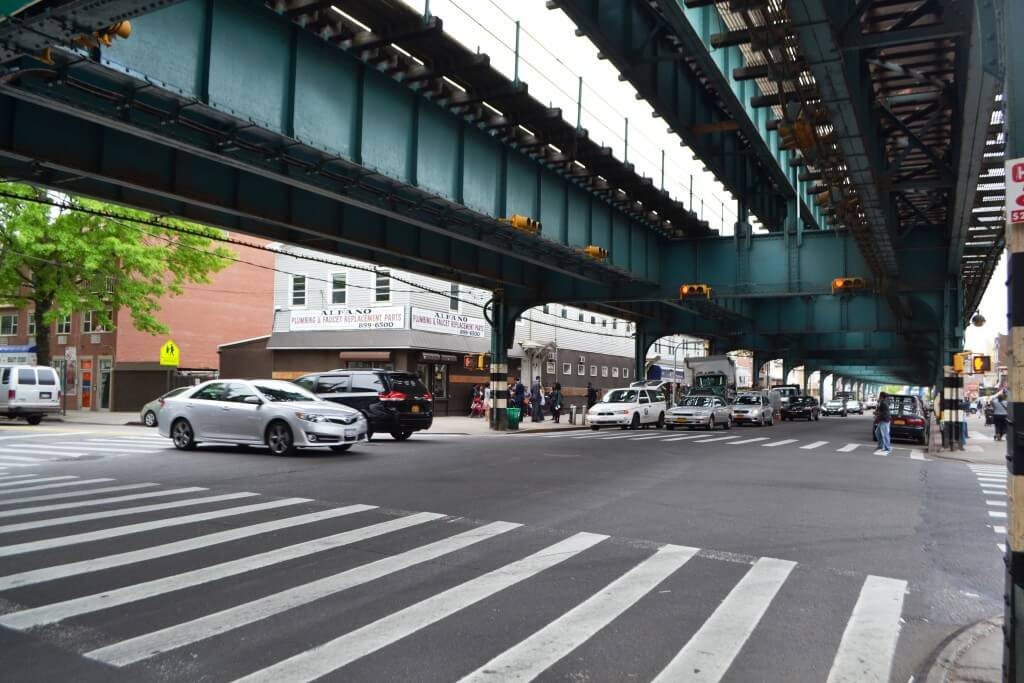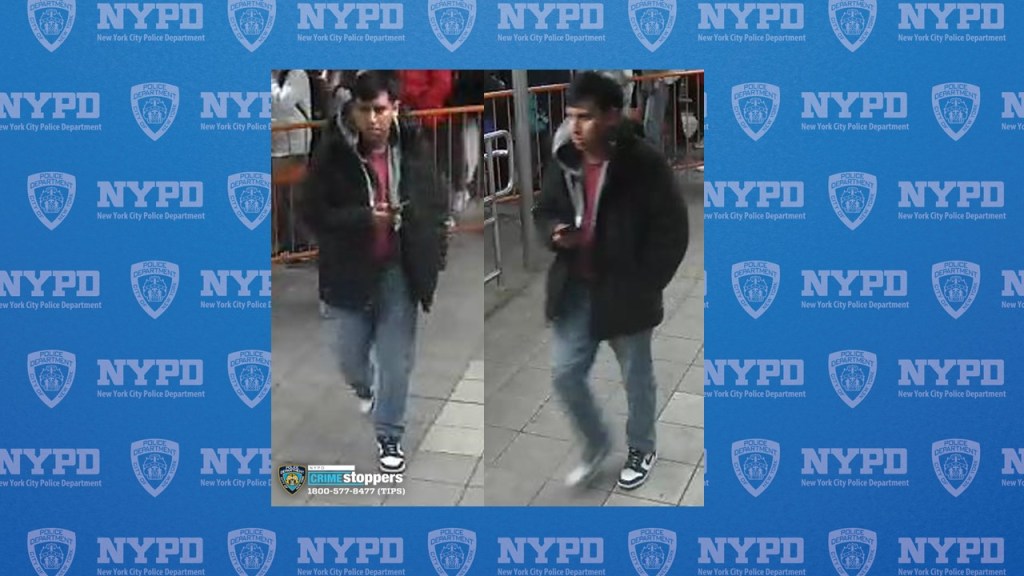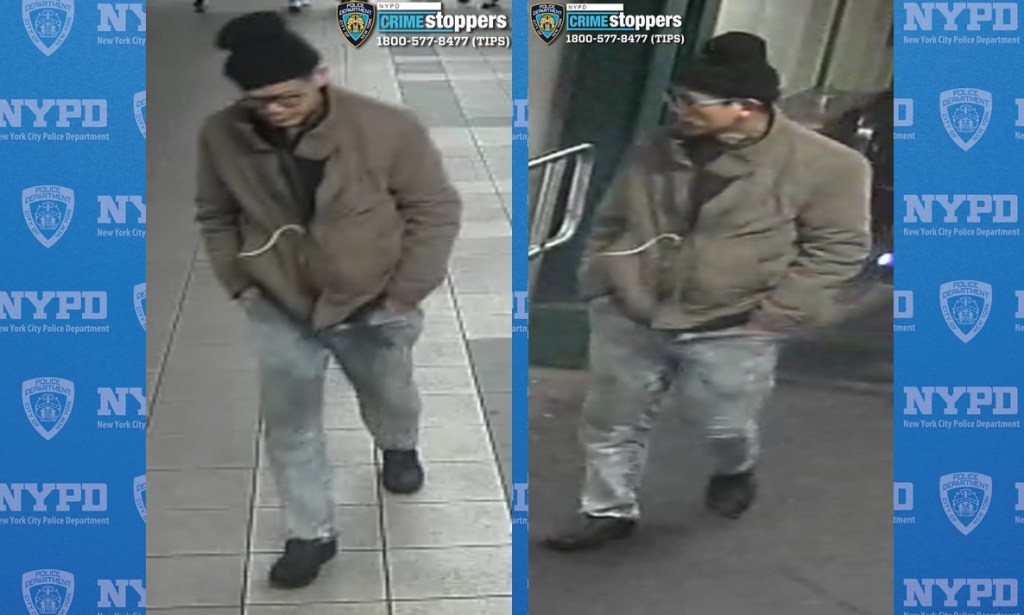Five months since its inception, the Clear Curbs pilot program in Jackson Heights is coming to an abrupt end.
On Monday, Aug. 13, Councilman Francisco Moya announced that the city would effectively end the Department of Transportation’s Clear Curbs pilot program by the end of the week, five weeks earlier than originally planned.
“This program was instituted to drive down traffic congestion along Roosevelt Avenue in Queens and other major thoroughfares in Midtown and Brooklyn, but in practice, it left small businesses decimated and put nearby residents at risk as delivery trucks pushed off the main roads flooded into residential side streets,” Moya said. “This is a welcome relief for the affected residents and small business owners. Time after time, small business owners told me they feared they wouldn’t survive the six-month pilot period. We’re thankful the city has decided to shut this initiative down early.”
The DOT instated the program in March and since then, Roosevelt Avenue residents and community activists have spoken out against the initiative. In May, QNS reported on the 82nd Street Partnership rally in Jackson Heights, where concerned businesses voiced concerns about loss of parking affecting their deliveries and customers.
Under the parameters of Clear Curbs, cars, trucks and other vehicles are banned from standing or parking in labeled areas between 7 to 10 a.m. and 4 to 7 p.m. The program was rolled out on Roosevelt Avenue between 90th Street and Broadway as part of the larger Congestion Action Plan that the mayor announced in October 2017.
According to the DOT, the program’s purpose was to improve traffic flow during peak travel periods, but businesses at the rally said that during the program’s hours, businesses were experiencing dramatic drops in customer traffic.
Clear Curbs critics added that the initiative was negatively affecting the elderly population who mostly rely on cars as their means of transportation.
“The last few months have been extremely difficult for the many small businesses that operate along Roosevelt Avenue and adjacent streets,” said Leslie Ramos, executive director of the 82nd Street Partnership. “Not only are these businesses essential for local residents, but they also serve Latinos living throughout the city and the tri-state area.”
As businesses were rallying, Councilmen Moya and Mark Gjonaj along with Majority Leader Laurie Cumbo introduced the Protect NYC Jobs and Businesses Act in response to Clear Curbs. The measure would require city agencies, like DOT, to notify community boards, Business Improvement Districts and council members about projects that would significantly disrupt street usage. The act would then allow these entities to voice concerns or suggestions in these situations.
A consistent complaint during the Clear Curbs rollout was that the opinions of residents and business owners were not taken into account.
“Thanks to the hard work and advocacy of our businesses, community partners, supporters and elected officials, we stood united, and made it very clear that the Clear Curbs pilot program had no place here,” said Community Board 4 District Manager Christian Cassagnol. “While raw numbers and data are all too often at the forefront of infrastructural improvements, there is a human element that is too often overlooked. In order for our communities and commercial corridors to truly thrive, open dialogue, and a general understanding of our communities’ needs must be brought to the table well in advance.”
Raul Contreras, a City Hall spokesperson, said that the program in Queens will be paused by the end of the week and that the city is working with stakeholders and the community to improve upon a similar program in Brooklyn. He added that the program in Manhattan would remain unchanged.
“This pilot program was one of five initiatives launched to address the issue of congestion on our streets holistically. We’ve worked closely with communities on the ground, and we will adjust the Clear Curbs pilot moving forward while continuing to explore other ways to address congestion on our streets,” Contreras said.




































